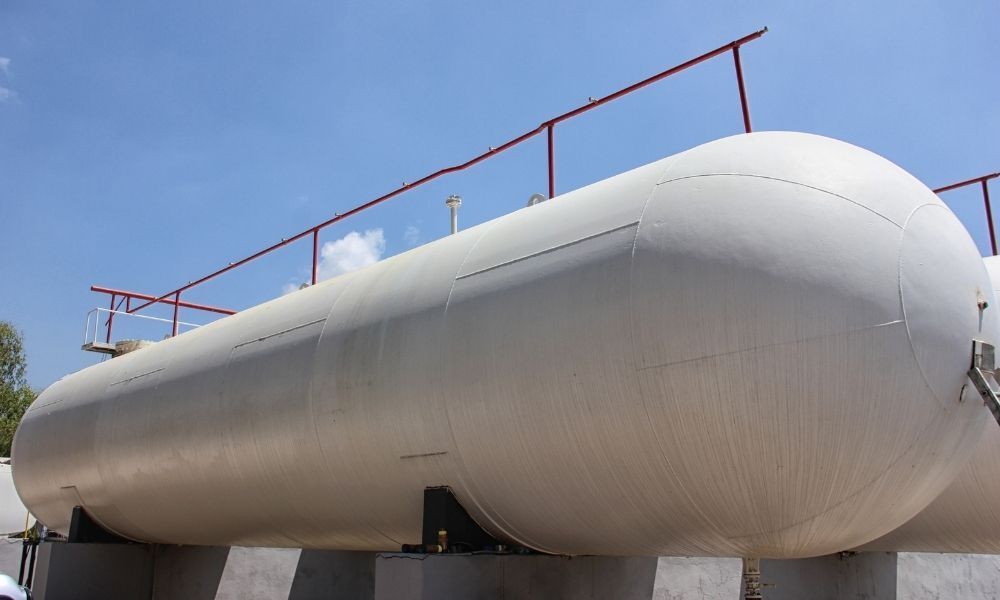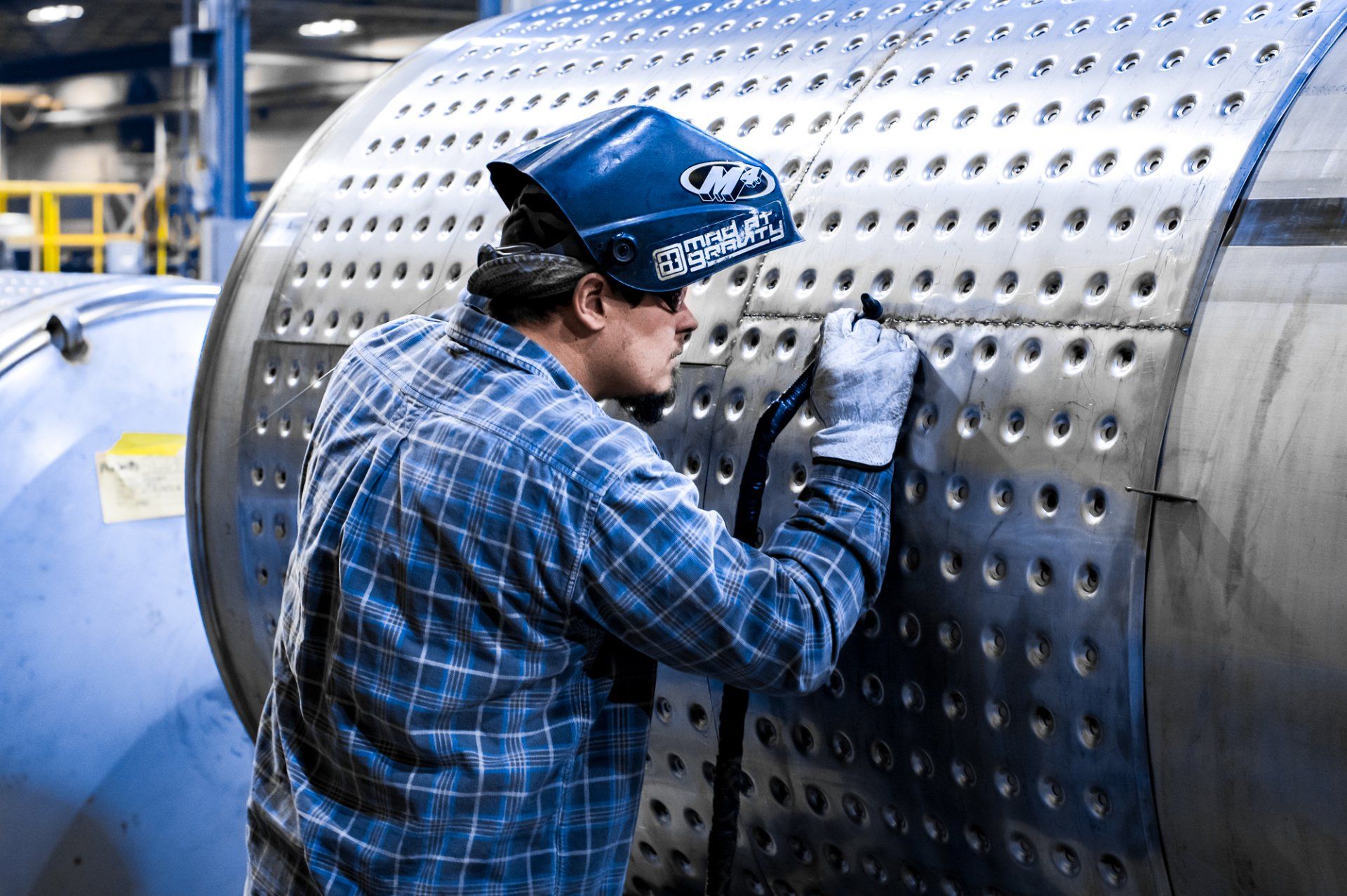The 3 Different Types of Pressure Vessels

Pressure vessels play a significant part in the global economy; they help hold gases used to make specific objects and appliances. The appliances you see in stores are made from the gases in these pressurized vessels, such as glassware, vacuum chambers, and customized laboratory vessels. If you want to learn more, read about the three different types of pressure vessels.
Storage Vessels
Generally used for industrial purposes, storage vessels store different liquids and comes in various sizes. When needed, the storage tanks house fuel oil, which gets used in different processes to liquify hydrogen and chlorine. Another process involves using the oil in finished products, such as compressed gas. Usually, the tanks use carbon steel during manufacturing, although the use of material varies by the stored product type and surrounding environment.
Heat Exchangers
Heat exchangers enable heat to pass without touching fluids from one product to another. Typically, heat exchangers have tons of metal tubes that help direct the flow of both product types. One product flows around the pipe while another flows through them. You can generally find this pressure vessel inside a waste processing facility, where heat is salvaged from waste gases.
Process Vessels
Process vessels contain different tubing types that allow more than one gas to flow around and through the tubing. A process vessel is seen along a process line, where the tanks get used together to make a product. The tasks completed here consist of separation, heating, purification, and blending. Process vessels get used in paint manufacturing companies, drug manufacturers, and even refineries.
At Custom Manufacturing and Polishing, you’ll find that the ASME vessel fabrication processes we use are certified to make every product type stand out. We utilize the power of the pressure vessel to craft the products you need. With these three different types of pressure vessels in mind, we help make outstanding products through our own ASME-certified pressure vessels.





